Introduction
Are Rats Nocturnal: Rats, those elusive and often misunderstood creatures, have long been associated with nighttime prowling and stealthy movements. Nocturnal animals are those that are primarily active during the night, relying on their heightened senses to navigate and hunt in the darkness. They have evolved specific adaptations to thrive in low-light conditions, such as enhanced night vision, acute hearing, and a keen sense of smell. Many well-known nocturnal animals include owls, bats, and certain species of big cats. Rats, on the other hand, have a reputation for being creatures of the night, frequently associated with dark alleys, sewers, and other shadowy locations. This association with darkness has led many to assume that rats are indeed nocturnal animals.
These rodent have adapted to a wide range of habitats, from urban environments to forests, and their activity patterns can vary depending on several factors, including their specific species, food availability, and exposure to human activity. For instance, some rat species are indeed more active during the night, displaying behaviors that align with nocturnal tendencies. These rats are more likely to forage for food, explore their surroundings, and engage in social interactions under the cover of darkness. However, other species of rats exhibit a crepuscular or even diurnal (daytime) activity pattern, being more active during the twilight hours or throughout the day.
To truly answer the rats are nocturnal, we must consider the diversity within this rodent family and explore the factors that influence their activity patterns. Through a deeper examination of rat behavior and biology, we can gain more accurate creatures that choose to emerge from the shadows and embark on their nightly adventures. So, let’s embark on this journey into the enigmatic world of rats to unravel the mysteries of their daily lives and uncover whether they are, in fact, nocturnal.

Do rats come out during the day?
When are rats and mice active? Rodents are naturally active at night, although when they live near humans they’re more likely to come out during the day too. They’re great climbers and swimmers, so they can live in a variety of habitats.
Rats belong to a diverse family, and different species of rats may exhibit varying activity patterns. Some species, such as the black rat (Rattus rattus), are more likely to be active during the night, whereas others, like the brown rat (Rattus norvegicus), can display a more flexible activity schedule, including daytime foraging.
One of the most significant factors influencing rat behavior is the availability of food. Rats are opportunistic feeders, and they will adjust their schedules to match periods when food sources are abundant. In urban areas, for instance, rats may become more active during the day if there are food sources readily available, such as open trash cans or food spills.
Human presence and activity patterns also influence rat behavior. Rats are known for their adaptability to urban environments, and in areas with high human activity during the day, rats may choose to be more active at night to avoid encounters with humans. Conversely, in quieter or less disturbed areas, they might venture out during daylight hours.
Female rats with pups may be exceptions to the nocturnal rule. They often need to leave their nests during the day to search for food and water to nourish their offspring. This maternal responsibility can lead to daytime sightings of female rats.
Are rats afraid of light?
For a nocturnal animal, such as a rat, light represents an increased risk of predation, so we are not surprised that rats crossing the lit zone sought shelter in the trap boxes more quickly that the rats crossing the dark zone.
Rats are generally considered nocturnal animals, which means they are primarily active during the night. This preference for darkness is associated with their well-developed night vision and other sensory adaptations that make them more efficient hunters and foragers in low-light conditions. As a result, rats often avoid well-lit areas during their peak activity periods.
In natural, outdoor environments, rats tend to avoid well-lit areas. This behavior serves several purposes, including reducing their exposure to predators, such as owls and hawks, which are more active during daylight. It also helps rats avoid competition with diurnal animals for food and resources.
In urban and indoor settings, light can act as a deterrent to rats. Rats are highly adaptable and opportunistic, and they often thrive in human-made environments like homes, warehouses, and sewers. In these settings, rats may avoid well-lit areas because they associate light with increased human activity and potential danger.
It’s essential to distinguish between rats being afraid of light and exhibiting caution in well-lit areas. Rats are not inherently afraid of light, but they are cautious creatures that assess their surroundings for safety. When exposed to bright light suddenly, they may scurry away to find cover. However, this behavior is more about preserving their safety and avoiding potential threats than a deep-seated fear of light itself.
Are rats scared of humans?
Rats are actually scared of humans. They will do anything in their power to avoid being around a living being larger than them. However, if a rat feels cornered, it may attack in an attempt to protect itself.
In the wild, rats have evolved to be cautious creatures, primarily to avoid predators. Their instinctual behavior is to be wary of larger animals, including humans, that may pose a threat. This instinctual fear is rooted in their survival mechanisms and is not necessarily a fear of humans per se but rather a response to perceived danger.
Rats are generally more active during the night, and their nocturnal behavior is partly influenced by their desire to avoid human activity. Rats tend to be shy and will often avoid areas where humans are active, especially during the daytime when they are less likely to encounter us.
Rats are intelligent and can learn from experience. If they have had negative encounters with humans, such as being chased or exposed to loud noises or sudden movements, they may become more wary and avoid human presence.
On the other hand, rats that live in close proximity to humans in urban environments may become habituated to human presence. In such cases, they might be less fearful of humans and may even venture out during the day when humans are active.
Will rats leave if one dies?
Rats are social creatures, which means that if you find one dead rat, there are likely more living rats somewhere nearby. To help avoid coming across another rat, be it dead or alive, you’ll need to take the following preventative measures: Keep up with building repair and maintenance to eliminate entry points.
When a rat within a colony dies, the response of the remaining rats can vary. In some cases, they may show signs of distress, such as increased vocalizations and sniffing or grooming the deceased rat. This behavior suggests that rats are aware of the death and may mourn the loss to some extent.
Rats are known to remove the body of a deceased rat from their living area. This behavior serves several purposes, including reducing the risk of disease transmission and preventing the attraction of predators. Rats are also known to consume the body of a deceased rat, which helps to eliminate any potential food source for scavengers.
The idea that rats will leave a location if one of their group members dies and is not removed is a misconception. Rats are not known to abandon their nests or colonies solely because of a dead member. Their decision to stay or leave an area is influenced by factors such as the availability of food, water, shelter, and the presence of threats or disturbances.
Rats often establish and maintain their colonies in areas that offer consistent access to food and suitable nesting sites. If the death of one rat does not significantly disrupt these essential resources or expose the colony to increased risk, the remaining rats are likely to stay.
Will rats go away on their own?
Poor housekeeping can easily result in a rat infestation. Use brush strips where there is a gap under a door. Failing to report a rat infestation is not wise – they do not disappear of their own accord.
If a location offers a consistent and readily available supply of food and water, rats are more likely to establish a presence and remain in that area. Rats are opportunistic feeders and will exploit food sources as long as they are accessible. This means that if there is a consistent food source nearby, rats may not go away on their own.
Rats are prolific breeders, and their populations can multiply rapidly under favorable conditions. A small rat problem can quickly become a larger infestation if the conditions remain conducive to breeding. Rats will not voluntarily leave if they can continue to reproduce and access resources.
Environmental factors can influence rat behavior. Changes in the environment, such as the presence of predators, disturbances, or alterations to their shelter or nesting sites, can prompt rats to relocate. However, this relocation may involve moving to a nearby area rather than leaving entirely.
In most cases, addressing a rat infestation requires some form of human intervention. This can include implementing pest control measures, sealing entry points, and practicing good sanitation to reduce the availability of food and water. Without these interventions, rats are less likely to leave on their own.
Will a rat climb into my bed?
Rats are exceptional climbers, undeniably. Also the little cousin of the rat, the mouse, can reach counter tops and tops of dressers. For that reason, it is safe to think that a rat can conveniently climb onto a bed. Additionally, a pet rat owner can personally say that a rat can get into a bed.
Rats are highly adaptable creatures with strong climbing abilities. They can climb walls, pipes, and various surfaces with relative ease. Their agility allows them to access a wide range of environments, including homes and bedrooms.
Rats typically enter living spaces in search of food, water, and shelter. Your bed may attract them if they perceive it as a potential food source (e.g., if you eat in bed or have food crumbs) or if they are seeking a warm and sheltered location.
Be vigilant for signs of rat activity in your home, such as droppings, chewed materials, or unusual noises. Addressing a rat infestation promptly is crucial to prevent them from entering your living spaces, including your bed.
If you suspect a rat infestation in your home, it is advisable to seek the assistance of a pest control professional. They can assess the situation, implement effective control measures, and provide guidance on preventing future infestations.
Can rats climb walls?
Both rats and mice are good climbers and can climb vertical walls if the surface is rough enough, and “shimmy” up between walls and drain pipes. Rats are also reasonably good swimmers and have been known to enter premises through the water-traps of the toilet bowl.
Rats may climb walls in search of food sources. They can access food stored on shelves or countertops, making them skilled kitchen climbers. Wall cavities, ceilings, attics, and crawlspaces often provide rats with shelter and nesting sites. Climbing walls allows them to access these areas.
When rats perceive threats or dangers, such as the presence of predators or human activity, they may climb walls to escape to safer locations. Rats are naturally curious animals and may climb walls to explore their surroundings, especially when they are in new environments or territories.
Rats are highly adaptable creatures and have successfully adapted to urban environments. In cities and human-made structures, rats often climb walls, pipes, and other vertical structures to access food, shelter, and breeding sites.
The climbing abilities of rats can pose challenges for pest control efforts. They can access upper floors of buildings, hide in wall voids, and create nests in attics or crawlspaces. Pest control professionals use various methods, such as traps, baits, and sealing entry points, to address rat infestations effectively.
What scares rats the most?
Rats cannot tolerate smells such as ammonia, mothballs, peppermint oil, crushed cayenne pepper, and pepper spray due to their intensified sense of smell. Clean and uncluttered homes and yards scare rats due to the lack of food and places to hide, as well.
Rats have a range of natural predators, including owls, hawks, snakes, and certain mammals like cats and dogs. The presence of these predators or their scent can instill fear in rats, causing them to seek safety and avoid the area.
Rats are sensitive to sounds, especially sudden and loud noises. Loud claps, banging, or the use of ultrasonic pest repellers can be distressing for rats and drive them away from the source of the noise.
Rats are primarily nocturnal animals with sensitive eyes adapted for low-light conditions. Exposure to bright lights, especially sudden flashes or intense illumination, can startle and disorient them, leading to avoidance of well-lit areas.
Rats are generally wary of humans. They tend to avoid areas with frequent human activity or when they perceive the presence of humans nearby. This fear is often why rats are more active during the night when human activity is reduced.
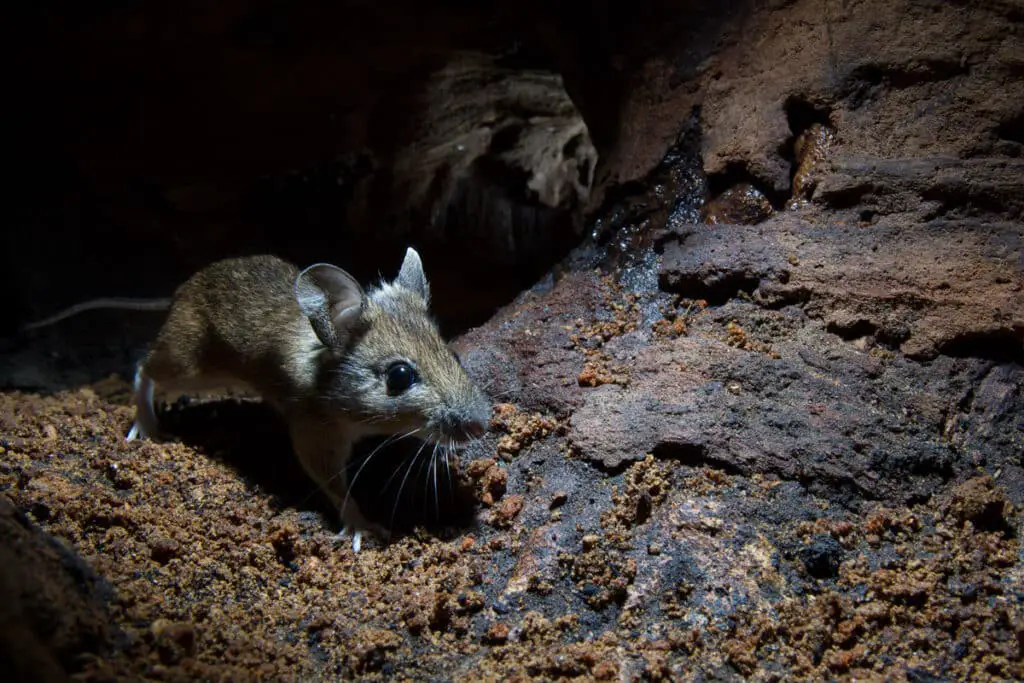
Conclusion
Instead, it hinges on a variety of factors, including the specific species of rat, their environment, and their interaction with human activities. Rats nocturnal exhibit a remarkable degree of adaptability, which has allowed them to thrive in diverse habitats worldwide, from urban centers to forests. While some rat species do exhibit nocturnal tendencies, being more active during the night when darkness provides cover, others are crepuscular, preferring the dawn and dusk hours for their activities. There are even diurnal rat species that are active during the day. This variation in activity patterns highlights the versatility of rats as they adjust their schedules to optimize their chances of survival and reproduction in their respective niches.
Human influence also plays a significant role in shaping rat behavior. Rats living in urban environments often adapt to human activity schedules, becoming more active at night when human disturbances are reduced. This adaptation allows them to scavenge for food and explore their surroundings with less risk of encountering humans. The availability of food resources greatly influences rat activity. Rats are opportunistic feeders and will adjust their schedules to coincide with the times when food is most abundant. This means that in areas with ample food sources available during the day, rats may be more active during daylight hours.
Their ability to adjust their activity patterns to optimize their survival in a wide range of conditions is a testament to their evolutionary success. These creatures better, it’s essential to consider the broader context of their behavior and not pigeonhole them as strictly nocturnal or diurnal. Rats are highly intelligent and adaptable animals, and their activity patterns are just one aspect of their complex and intriguing biology. To study and learn more about these fascinating rodents, we gain a deeper appreciation for their role in ecosystems and their remarkable ability to thrive in diverse settings.

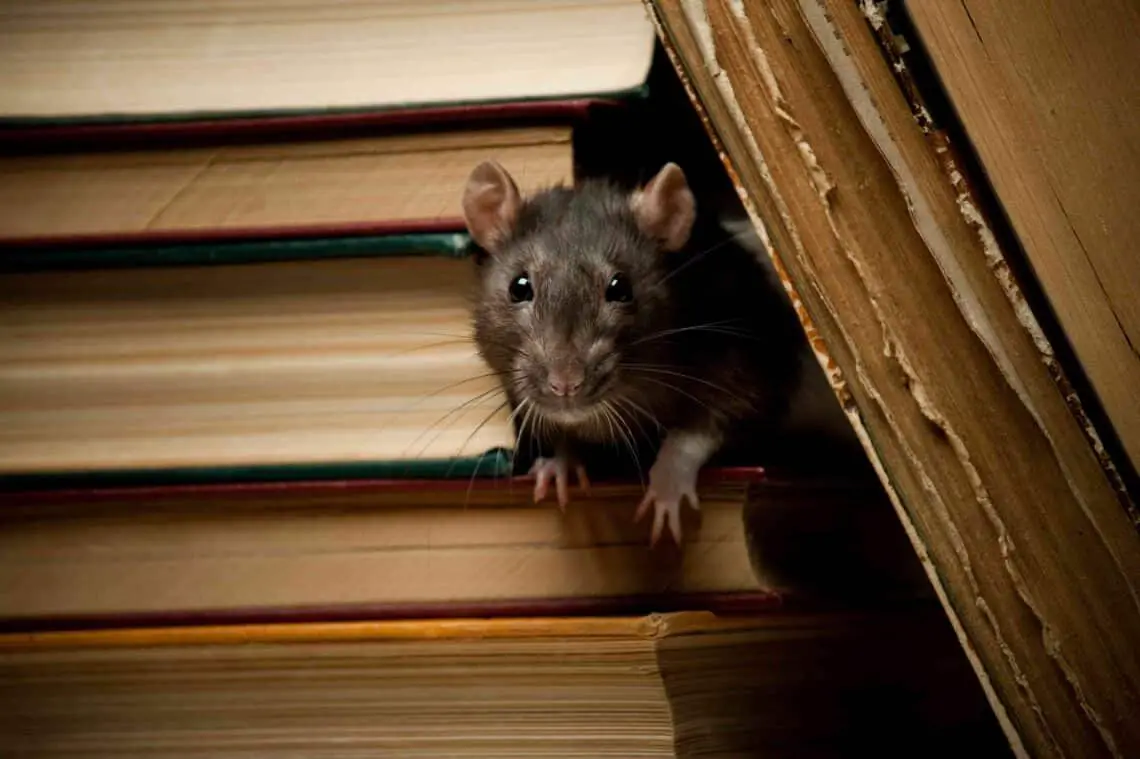
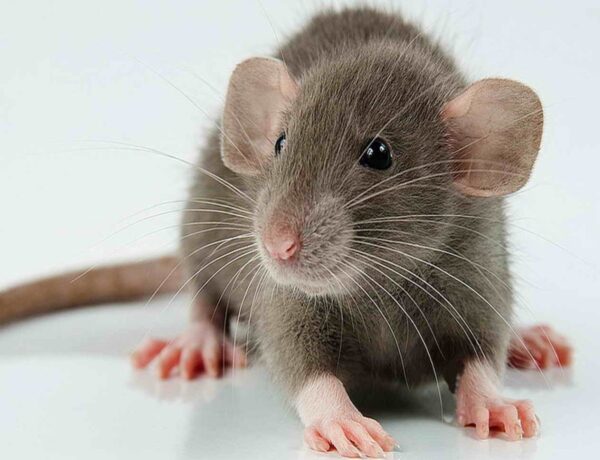
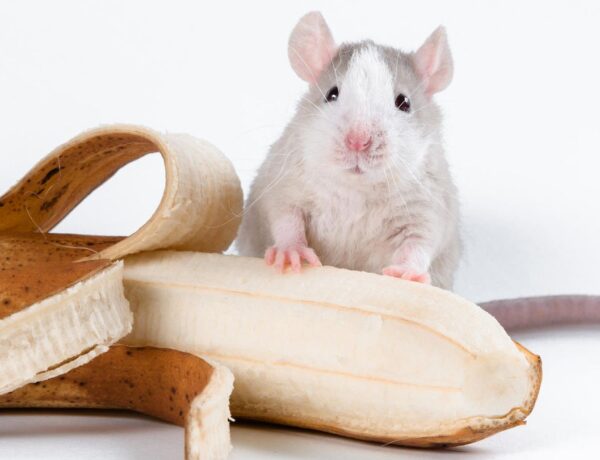
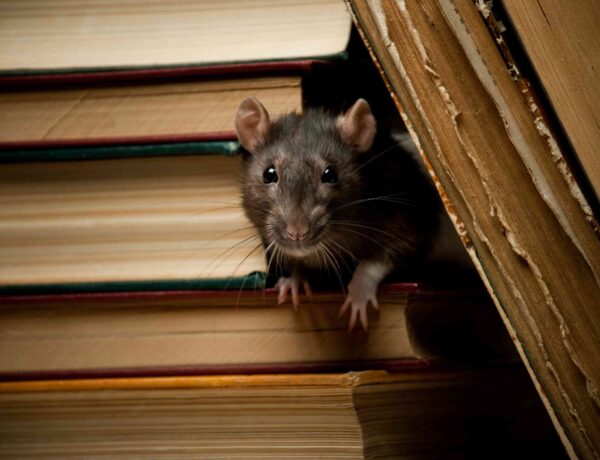
No Comments